EDID stands for Extended display identification data and is what many computer monitors and televisions with a VGA/HDMI use to tell the PC what resolution they support. Which, in theory at least, is great.
However what I recently found out is that many LCD and Plasma televisions do not broadcast the correct 16:9 resolution via EDID, and therefore the computer doesn’t know what resolution to display and you have a stretched image.
I have an LG DU-37LZ30 which according to its specs at least has a 1366×768 native resolution (It is a 720p/1080i set). However its EDID system broadcasts a resolution of 1024×768, resulting in the signal looking stretched. Some programs, like Boxee for example, can correct this by forcing an aspect ratio while outputting the video and the result looks fine. However in many situations this doesn’t work.
On Windows XP, this was a pain but buying a program like PowerStrip by EnTech was able to correct the problem as you can force a resolution even if it is a “non-supported” one. However on Windows 7, and with nVidia graphics cards/drivers at least, it apparently ‘enforces’ the resolution which is broadcast via the EDID. Which means you are stuck with your weird resolution.
There are some hacks for overriding EDID info, but none of them seem to work on Windows 7. For example:
Thread over at AVS Forum on overrided EDID
Modifying your VGA cable to disable EDID broadcast (this nuked my VGA cable! Do not recommend!)
Forcing 1366×768 on Windows 7 forums
None of these solutions worked for me. Windows 7 even allows you to add a “custom” resolution but it still reads from the EDID to see if it is compatible and it has rejected my attempts at this.
Although I appreciate the “ease” that reading the EDID provides for general users, I wish there was an “advanced” section so that us users can force a resolution on a monitor. Maybe this is disabled because people were breaking their monitors, but it puts others like us in a lurch. Has anyone seen this issue and/or have a resolution? Or do I just have a great reason to get a new TV?
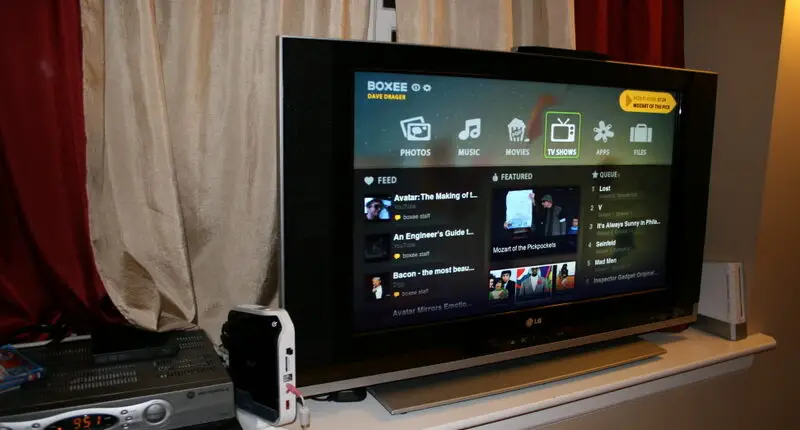
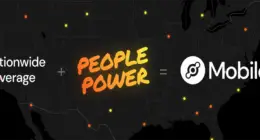
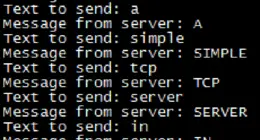
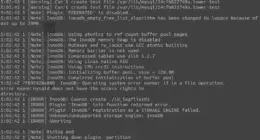
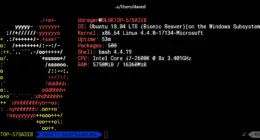
1 comment
Comments are closed.